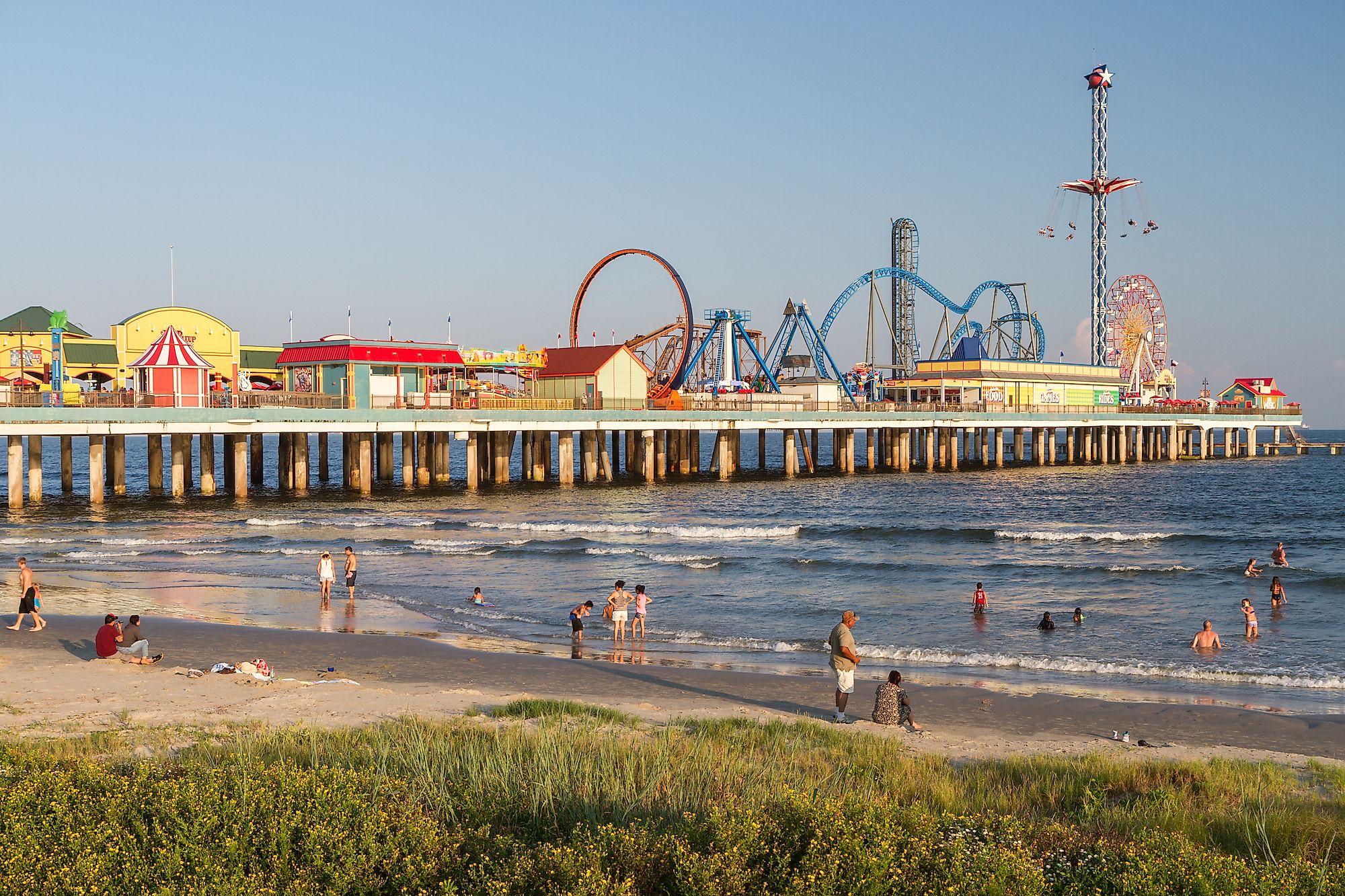
Galveston Island
Galveston Island is a barrier island offshore from Texas, on the Gulf Coast of the United States. This charming beach town is known for its beautiful beaches, outstanding cuisine, historic architecture, and impressive scenery.
Barrier islands such as Galveston generally have sandy beaches on their outermost shore, which protect the mainland from storms and heavy weather, while their inner coast consists of lagoons, bays, or salt marshes that provide homes for a variety of ocean wildlife.
Geography Of Galveston Island
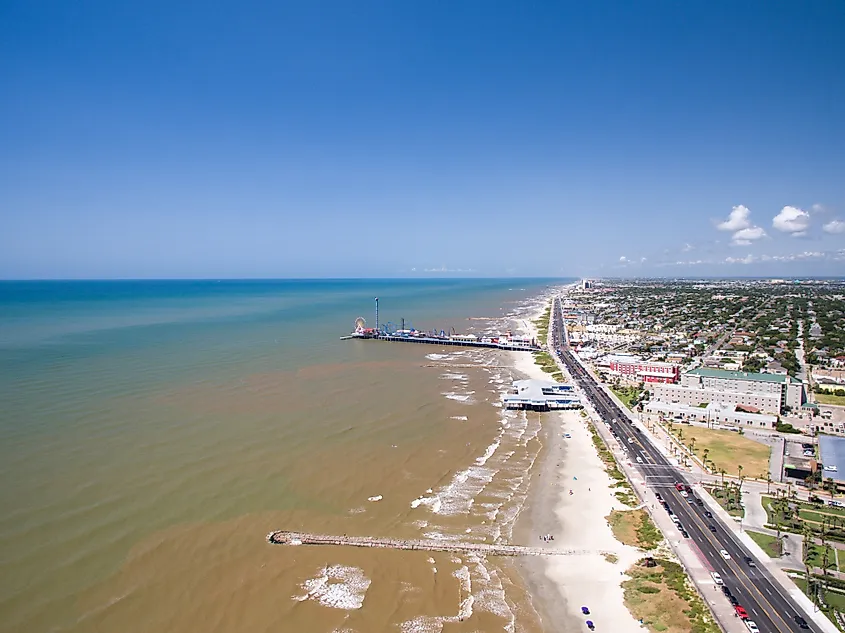
The island measures 43.5 km in length and is just under 5 km wide. Its widest point, in the typical long narrow style of a barrier island. It lies at a northeast-southwest orientation. The Gulf Of Mexico borders it to the south and east, West Bay to the west, and Galveston Bay to the north. On the other side of Galveston Bay and Galveston Harbor is the Bolivar Peninsula of mainland Texas.
The southernmost part of the island is separated from the mainland by San Luis Pass. A toll bridge runs between the two for easy access in and out of the island.
History Of Galveston Island
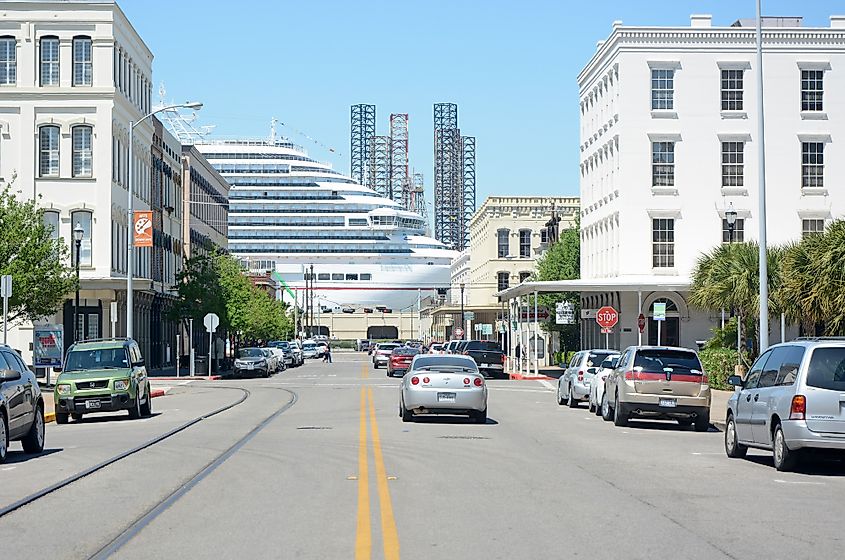
Some of the island's earliest residents were the indigenous Akokisa and Karankawa peoples, who were present at the time of the first European visits. It is thought that before this, some nomadic peoples may have used the island as a seasonal fishing camp.
Notably, the historian Álvar Núñez Cabeza de Vaca was thought to have stopped over in Galveston Island in 1528 as part of his epic travels across the U.S. southwest. However, it was not until 1816 that Europeans established the first settlement on the island. It was a settlement financed by Portuguese Jewish traveler Jao de la Porta.
A few years later, Jean Lafitte took up residence in the area and many of his kinsmen from Louisiana. He named his settlement Campeche and conducted various illegal slave smuggling activities from the island for several years. Eventually, in 1821, the U.S. navy forced Lafitte out.
Mexican independence came that same year, followed by the Texas revolution of 1836. As the Republic of Texas began to grow, the need for a port became evident, and one was established in Galveston for goods and immigration. In 1945 Texas was annexed by the United States, and the population on Galveston Island grew greater than that in San Antonio to become the most populated town in the state.
Cotton shipping was the major industry of that time. Galveston Island was the largest cotton shipping port globally and the second-largest immigration port in the United States throughout the mid 19th century.
The Civil War saw Union soldiers seize the island in 1863. However, they were only successful for a few months before the confederates (under John B. Magruder) regained control.
In September of 1900, a severe hurricane rocked the city. The winds, storm, and resulting surge devastated much of the island, killing around 6,000 people. After this tragic event, a seawall was built up around the inhabited portion of the island.
Wildlife Of Galveston Island
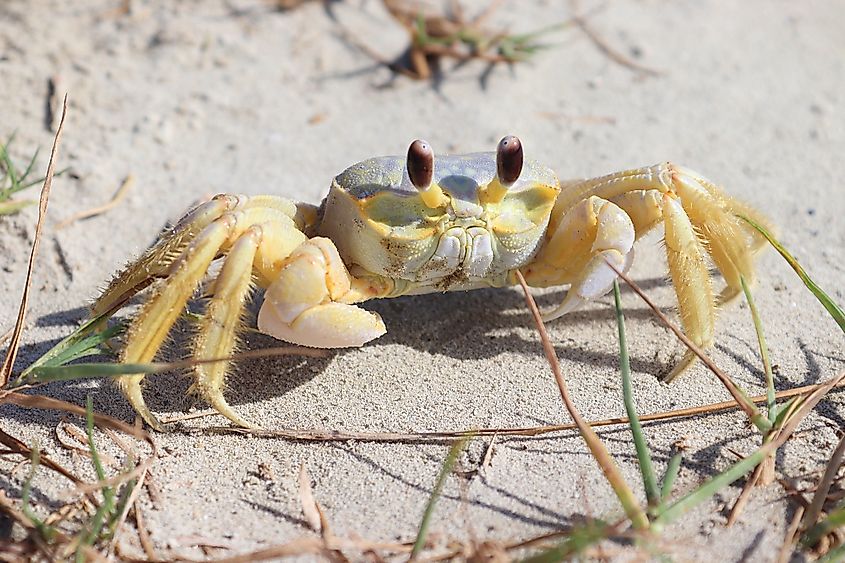
The island is home to Galveston Island State Park, which covers an area of around 8 km2. It aims to protect the upper Gulf Coast barrier island ecosystem and the animals which live in it. The park consists of a beachfront, a portion of the Gulf, coastal prairies, and wetlands along the bayside.
Animals such as raccoons, marsh rabbits, and armadillos can be found throughout the parkland. Fish species in the region include popular fishing species such as seatrout, sand trout, redfish, black drum, croaker, and flounder.
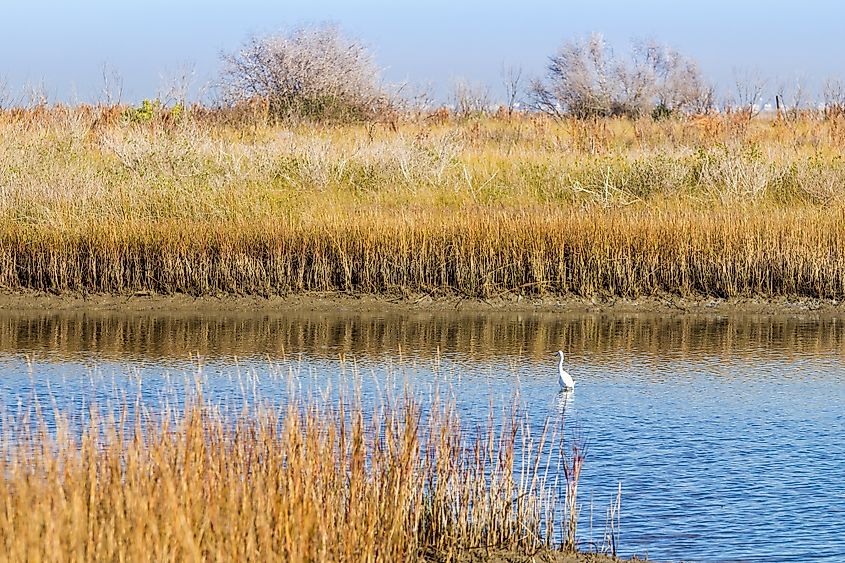
The beaches and lagoons both provide habitats for a wide range of bird species. Many migratory birds stop over in the barrier islands of the Gulf Coast of the United States, and Galveston is no exception. Some 300 or more bird species have been recorded in the park.
Attractions And Recreation In Galveston Island
Aside from the state park, there are many other great attractions and places to explore on the island. The Historic District features several old period buildings such as the 1892 Bishop's Palace and 1895 Moody Mansion, two famous homes that cannot be missed. Also in the area is The Bryan Museum. History lovers can also enjoy the Galveston Naval Museum and Galveston Railroad Museum.
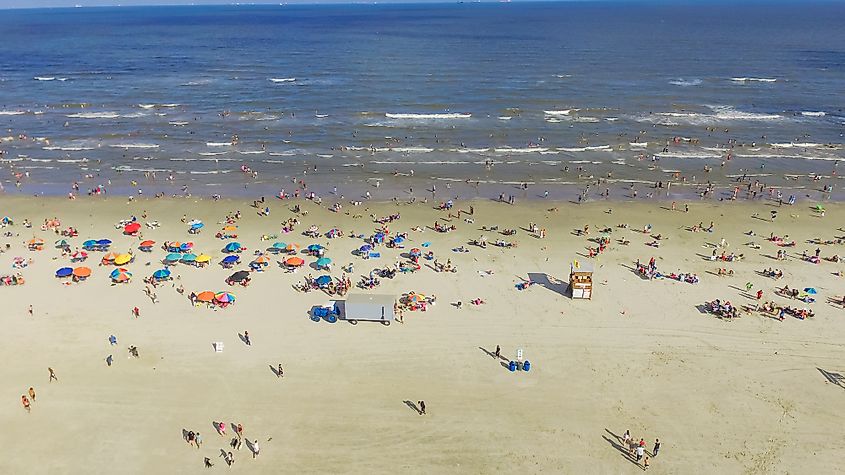
Animal lovers will be blown away by another impressive attraction in the area, the Moody Gardens. These gardens involve a 10-story tall aquarium pyramid complete with large marine species. There is also a rainforest pyramid full of lush plants and flowers and macaws, monkeys, and other exotic animals. It is a visually stunning immersive adventure that one must experience to believe.
The island is also popular for its beaches, including beachfront resorts, swimming, sunbathing, walks along the beach, and a variety of impressive eateries and bars. Fishing, boating, water sports, and excursions are also popular for adventurous travelers.











